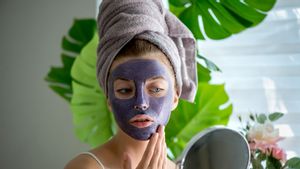Tanning, often sought after for its perceived aesthetic appeal, comes with its fair share of drawbacks that many individuals might not be fully aware of. Beyond the short-lived bronze glow, the effects of prolonged sun exposure can be both harmful and downright annoying.
The harmful effects of tanning
- Skin damage: One of the primary concerns associated with tanning is skin damage. Prolonged exposure to ultraviolet (UV) rays accelerates the ageing process of the skin, leading to premature wrinkles, fine lines, and a loss of elasticity. Over time, this can result in a leathery texture, making the skin appear older than it is.
- Increased risk of skin cancer: Perhaps the most alarming consequence of excessive tanning is the heightened risk of skin cancer. UV radiation damages the DNA in skin cells, increasing the likelihood of mutations that can lead to skin cancer. Melanoma, a type of skin cancer, has been linked to intense and intermittent sun exposure, emphasising the importance of sun protection.
- Uneven skin tone: An annoying aftermath of tanning is an uneven skin tone characterised by dark patches, sunspots, and discolouration. This uneven pigmentation can be challenging to treat and often requires specialised skincare regimens, including chemical peels or laser treatments, to restore a more uniform complexion.
- Dry and irritated skin: Tanning dehydrates the skin, stripping it of its natural moisture and essential oils. This can result in dryness, flakiness, and irritation, making the skin feel tight and uncomfortable. Over time, the lack of hydration can compromise the skin's barrier function, leading to sensitivity and a heightened susceptibility to environmental aggressors.
- Dependency on tanning: Ironically, the temporary satisfaction derived from a tanned appearance can foster a dependency on tanning, leading individuals to expose themselves to harmful UV rays repeatedly. This cycle perpetuates the risks, creating a vicious cycle of skin damage and dissatisfaction.
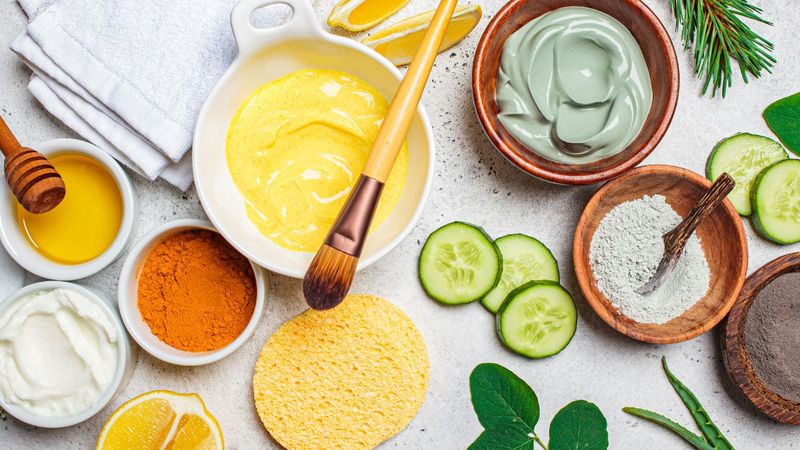
Homemade de-tan masks crafted from natural ingredients have long been celebrated for their ability to address various skincare concerns, including tanning. These DIY sun tan removal face packs at home offer a blend of natural components that work synergistically to combat the effects of excessive sun exposure, helping to lighten tan lines, even out skin tone, and promote overall skin health. By harnessing the power of nature, these sun tan removal face packs at home provide a gentle yet effective approach to rejuvenating the skin, offering relief from sun damage and restoring its natural radiance.
Here are some DIY sun tan removal face pack at home you can try
1. Coffee face pack for tan removal
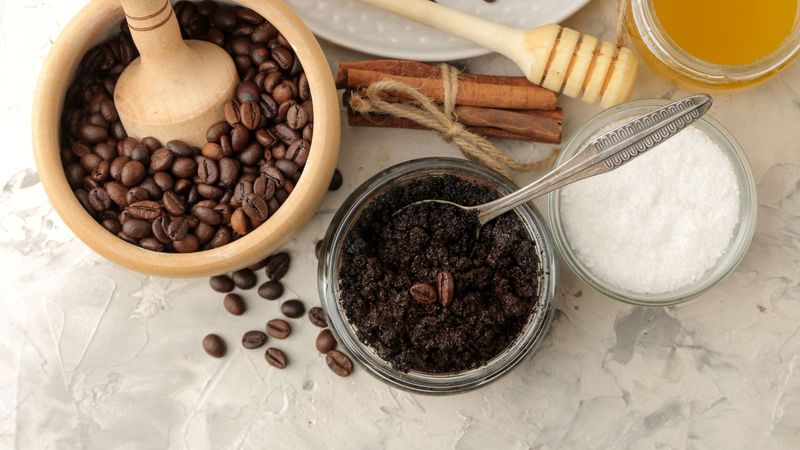
Ingredients: Coffee grounds, yoghurt.
Method: Mix coffee grounds with yoghurt to form a paste. Apply it to the affected areas and leave it on for 15-20 minutes before rinsing it off with water.
Benefits: Coffee acts as a natural exfoliant, removing dead skin cells, while yoghurt soothes and moisturises the skin, making this coffee face pack for tan removal a must-try.
2. Multani Mitti for tan removal
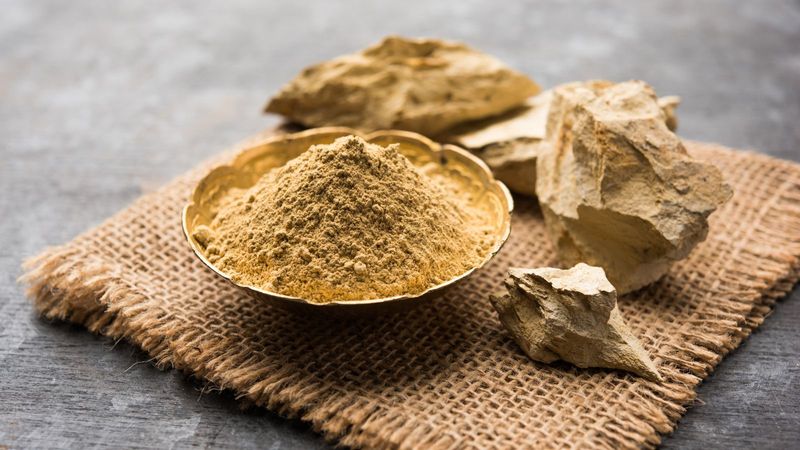
Ingredients: Multani Mitti (Fuller's earth), rose water.
Benefits: Multani Mitti tan removal is an age-old secret that helps in absorbing excess oil and impurities, while rose water tones the skin and reduces tan.
Method: Combine Multani Mitti with enough rose water to form a smooth paste. Apply evenly on the face and wash off once it dries.
3. Besan face pack to remove tan

Ingredients: Besan (gram flour), turmeric, milk.
Method: Mix besan, a pinch of turmeric, and enough milk to form a paste. Apply it on the face, let it dry, and then rinse off gently.
Benefits: Besan acts as a natural cleanser and exfoliator, turmeric has anti-inflammatory properties, and milk nourishes the skin, making this besan face pack to remove tan a cherished recipe.
4. Cucumber and lemon face pack for soothing
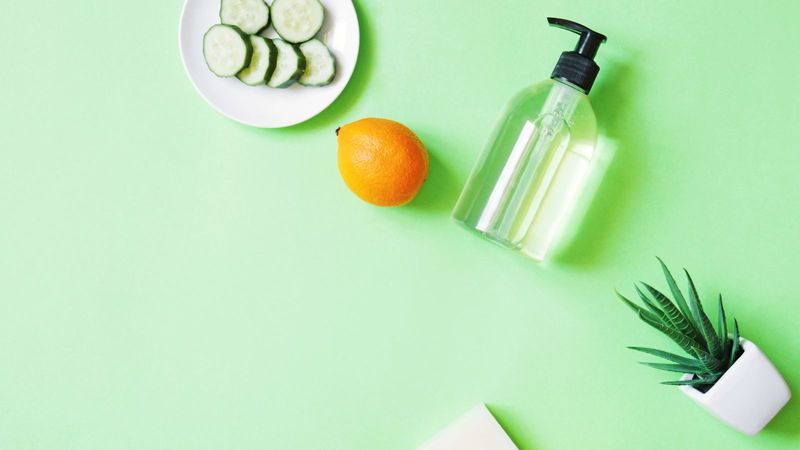
Ingredients: Cucumber juice, lemon juice.
Method: Mix equal parts of cucumber and lemon juice. Apply it to the tanned areas and rinse off after 15 minutes.
Benefits: Cucumber hydrates and cools the skin, while lemon's natural bleaching properties help in reducing tan.
5. Tomato and yoghurt de-tan mask

Ingredients: Tomato pulp, yoghurt.
Method: Combine tomato pulp with yoghurt to form a paste. Apply it on the face and wash it off after 20 minutes.
Benefits: Tomatoes are rich in antioxidants and have natural bleaching properties, while yoghurt soothes the skin.
6. Papaya face pack to rejuvenate
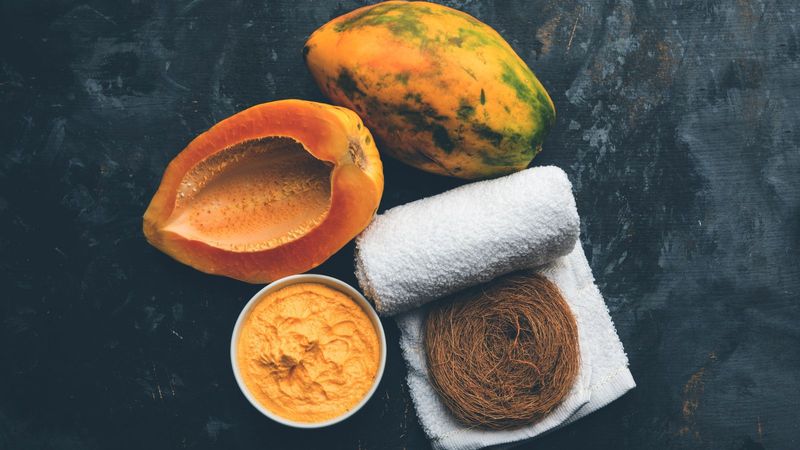
Ingredients: Ripe papaya pulp.
Method: Mash ripe papaya to form a paste. Apply it on the face, leave it on for 15-20 minutes, and then rinse off.
Benefits: Papaya contains enzymes that help in exfoliating dead skin cells and reducing tan.
7. Aloe vera gel face pack to calm and replenish
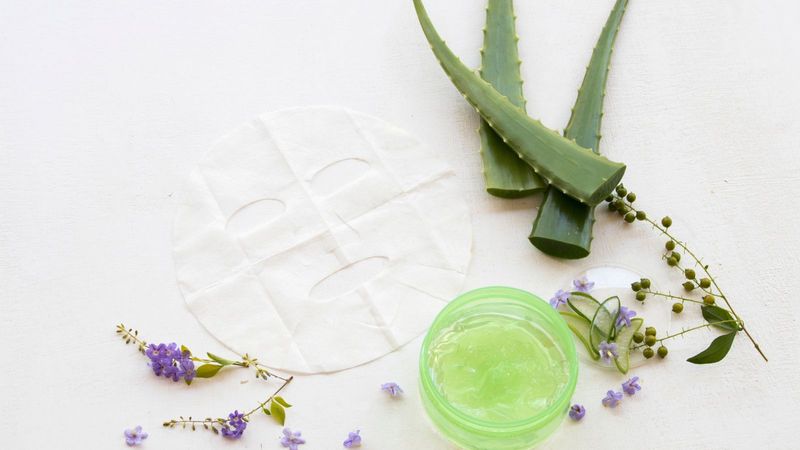
Ingredients: Fresh aloe vera gel.
Method: Extract fresh aloe vera gel and apply it directly to the tanned areas. Allow it to sit for 20 minutes, then wash it off with water.
Benefits: Aloe vera hydrates and soothes the skin, reduces inflammation caused by sunburn, and helps in reducing tan.
FAQs
1. How often should I use these tan removal face packs?
It's recommended to use these face packs 2-3 times a week for effective results without over-exfoliating the skin.
2. Can I use these face packs on sensitive skin?
While most ingredients are natural, it's essential to perform a patch test first to ensure no adverse reactions, especially if you have sensitive skin.
3. How much time is needed to notice results?
Consistent use over a few weeks can help in reducing tan; however, individual results may vary based on skin type and severity of tan.
4. Are there any side effects of using these homemade face packs?
Generally, these natural face packs have minimal side effects, but it's essential to monitor your skin for any irritation or reactions and adjust usage accordingly.
5. Can I combine multiple ingredients to create a face pack?
Yes, combining ingredients can enhance the benefits, but ensure that the components are compatible and conduct a patch test to avoid adverse reactions.




